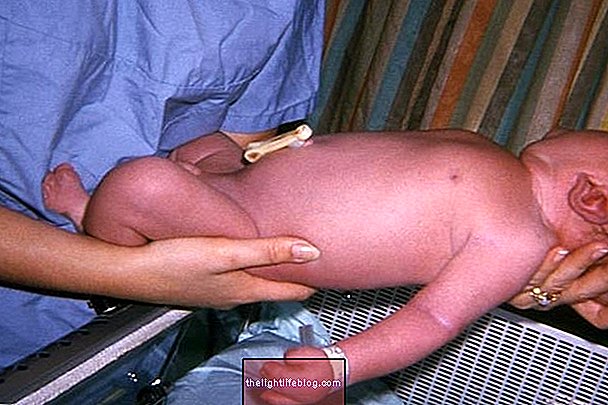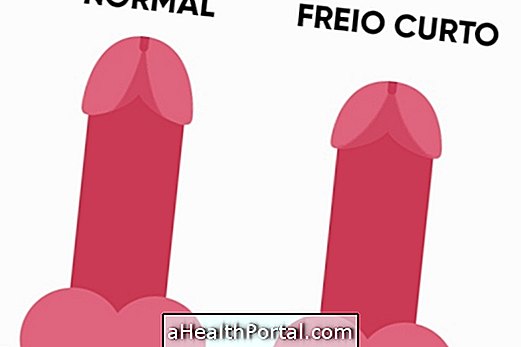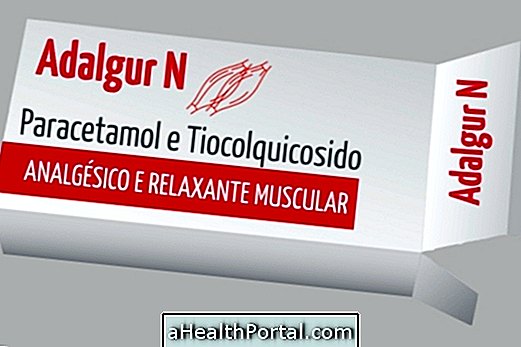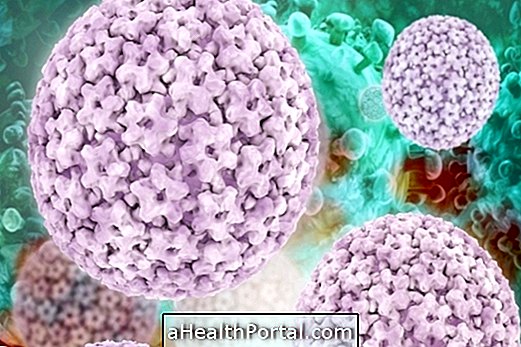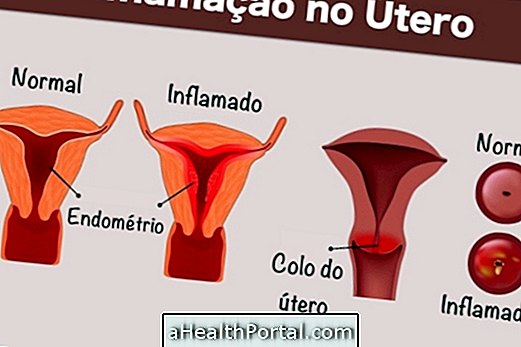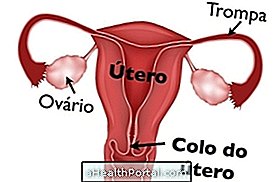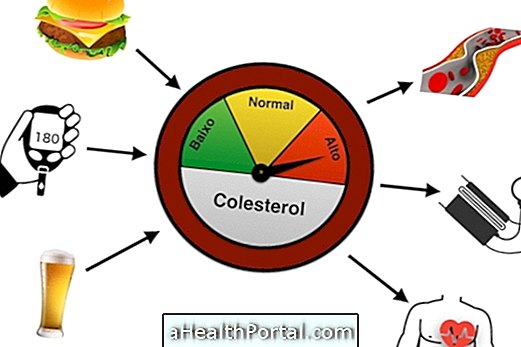Angelman Syndrome is a genetic and neurological disease that is characterized by convulsions, disconnected movements, intellectual retardation, absence of speech and excessive laughter. Children with this syndrome have a large mouth, tongue and jaw, a small forehead and are usually blond and have blue eyes.
The causes of Angelman Syndrome are genetic and are related to the absence or mutation on chromosome 15 inherited from the mother. This syndrome has no cure, however there are treatments that help to reduce symptoms and improve the quality of life of people with the disease.

Symptoms of Angelman Syndrome
The symptoms of Angelman Syndrome can be seen in the first year of life due to delayed motor and intellectual development. Thus, the main symptoms of this disease are:
- Serious mental retardation;
- Absence of language, with no or reduced use of words;
- Frequent seizures;
- Frequent episodes of laughter;
- Difficulty starting to crawl, sit and walk;
- Inability to coordinate movements or tremulous movement of the limbs;
- Microcephaly;
- Hyperactivity and inattention;
- Sleep disorders;
- Increased sensitivity to heat;
- Attraction and fascination for water;
- Strabismus;
- Jaw and tongue protruding;
- Frequent drool.
In addition, children with Angelman Syndrome have typical facial features, such as a large mouth, small forehead, widely spaced teeth, prominent chin, thin upper lip and lighter eye.
Children with this syndrome also tend to laugh spontaneously and constantly and, at the same time, shake their hands, which also happens in times of excitement, for example.
How is the diagnosis
The diagnosis of Angelman Syndrome is made by the pediatrician or general practitioner by observing the signs and symptoms presented by the person, such as severe mental retardation, uncoordinated movements, convulsion and happy countenance, for example.
In addition, the doctor recommends carrying out some tests to confirm the diagnosis, such as electroencephalogram and genetic tests, which is done with the aim of identifying the mutation. Find out how the genetic test for Angelman Syndrome is done.
How the treatment is done
Treatment for Angelman syndrome consists of a combination of therapies and medications. Treatment methods include:
- Physiotherapy: The technique stimulates the joints and prevents stiffness, a characteristic symptom of the disease;
- Occupational therapy: This therapy helps people with the syndrome to develop their autonomy in everyday situations, involving activities such as getting dressed, brushing their teeth and combing their hair;
- Speech Therapy: The use of this therapy is very frequent, as the people with Angelman syndrome have a very impaired communication aspect and the therapy helps in the development of language;
- Hydrotherapy: Activities that take place in the water that tone the muscles and relax individuals, reducing the symptoms of hyperactivity, sleep disorders and attention deficit;
- Music Therapy: Therapy that uses music as a therapeutic tool, provides individuals with a reduction in anxiety and hyperactivity;
- Hippotherapy: It is a therapy that uses horses and provides those with Angelman syndrome to tone the muscles, improve balance and motor coordination.
Angelman Syndrome is a genetic disease that has no cure, but its symptoms can be mitigated with the above therapies and with the use of remedies, such as Ritalin, which works by reducing the agitation of patients with this syndrome.
Was this information helpful?
Yes No
Your opinion is important! Write here how we can improve our text:
Any questions? Click here to be answered.
Email in which you want to receive a reply:
Check the confirmation email we sent you.
Your name:
Reason for visit:
--- Choose your reason --- DiseaseLive betterHelp another personGain knowledge
Are you a health professional?
NoMedicalPharmaceuticalsNurseNutritionistBiomedicalPhysiotherapistBeauticianOther
